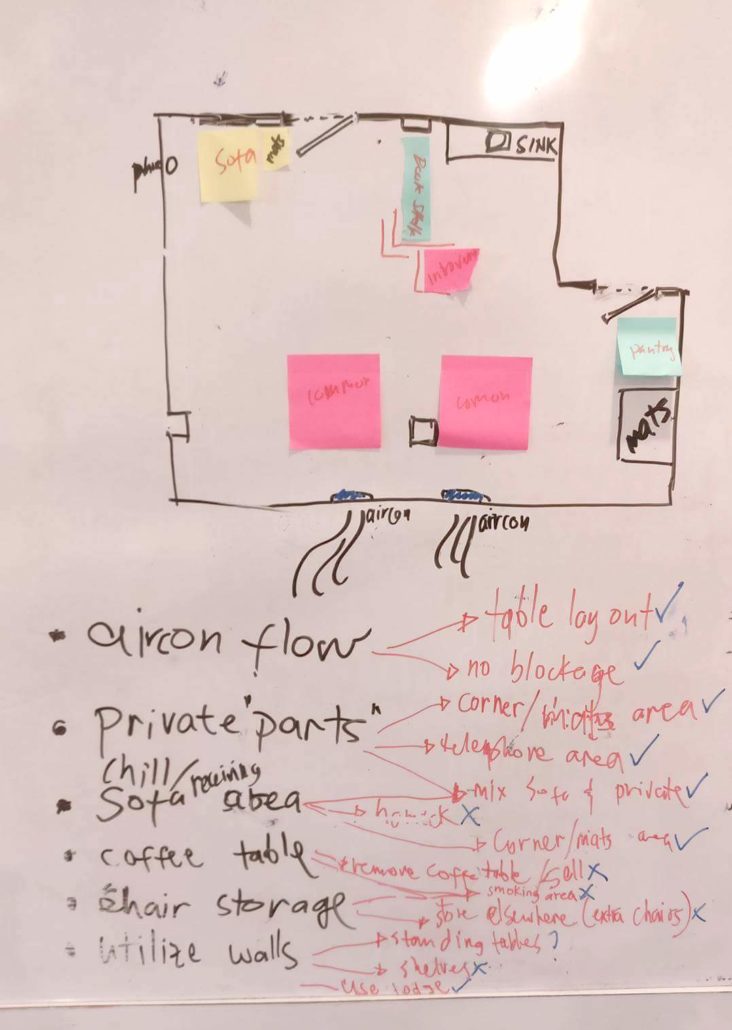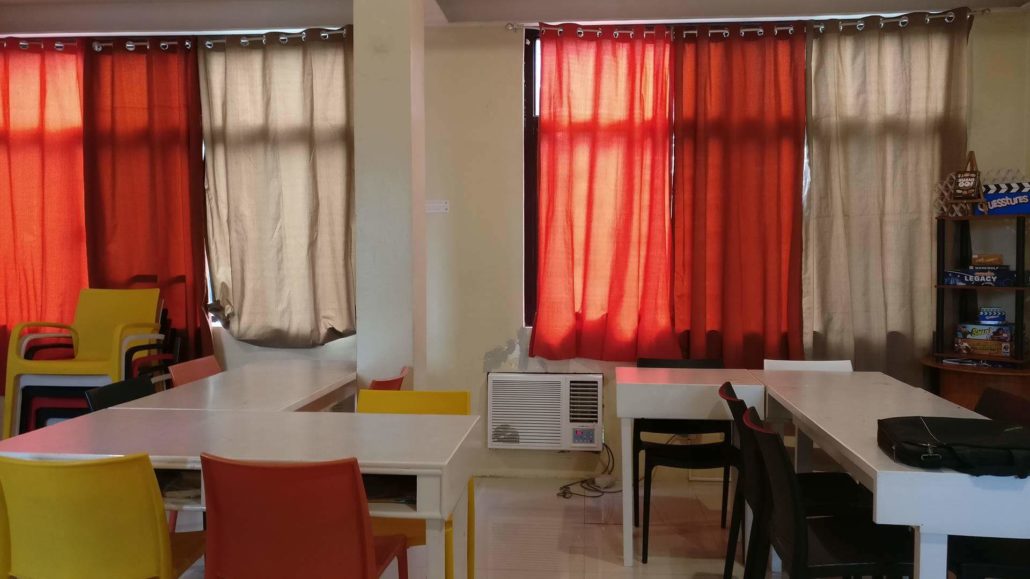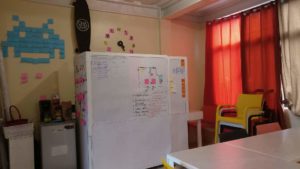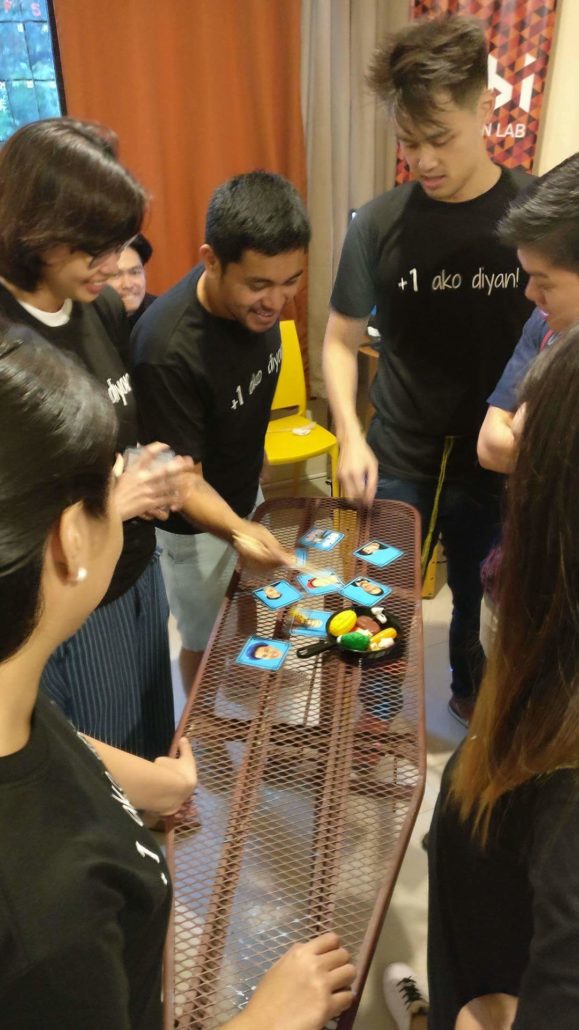My friend is teaching an Advanced Graphic Design class at Ateneo de Manila University and recently, she invited me to share Habi’s work with her 3rd and 4th year Information Design students as part of her efforts to contextualize design thinking in real-life interdisciplinary community work. I had initially planned to just listen to the class on the first day, then share some empathy activities on the second, but I also ended up talking to the students about their problem areas and design challenges, and trying to give them tips on how they could improve their work.
What I noticed is that although these students were familiar with design thinking and had in fact been using it as a framework for different classes throughout their stay, they still had a tendency to jump straight into solutions, make assumptions about their stakeholders, and basically do things that we try to avoid when doing design thinking. It was a good experience because:
- Our conversations on the first day yielded insights on the concepts of design thinking that they were having trouble applying to their projects (Himayin ang problema)
- I was able to exchange ideas with my friend on how we could both address those problems (Ambagan ng Ideya)
- I was able to test out the guest lecture I had designed with the first class (Bumuo ng Prototype) and
- Use the questions and insights derived from that first class to adjust and improve my lecture for the second (Ipakita, Suriin, Ayusin)
In short, I was (kind of) able to use design thinking to come up with a guest lecture on design thinking!
One of the things I learned at Habi is that design thinking is a fluency–it’s something that you have to intentionally use in your daily life until empathy, collaboration, prototyping, and improving with feedback become second nature.
Even the Habi team struggles with this sometimes. But since it’s such a useful framework for creative problem solving, we end up using design thinking even when we’re just doing fun stuff for ourselves. Since Habi is all about trying to make design thinking more accessible, I figured why not share how we’ve integrated design thinking into our routines. Here are some design challenge statements we’ve come up with and how we answered them:
How might we improve the layout of the Habi office?
It was really difficult to focus at the office that day, and after a few conversations, we discovered that it was because there was just something off about the way the office furniture was arranged (which is actually something we feel every few months, haha!)
We mapped out the office and exchanged ideas on what our ideal layout was like. Obviously there needed to be a big common area so people can easily collaborate with each other BUT the tables and chairs also needed to be arranged in such a way that it wouldn’t block the flow of the air conditioning. There also needed to be private areas where people could retreat when they felt overstimulated by the number of people and the noise in the common area.
Unfortunately, I don’t have pictures of the old layout but believe me when I say that it wasn’t really something that maximized the space that we had–it used to be much tighter in this office! My favorite feature of the new layout is the introvert’s corner, a space behind one of the movable whiteboard panels where anybody could go into if they wanted to work without being disturbed.
How might we create inexpensive but meaningful despedida presents for our colleagues?
Clifton left to study in Edinburgh at the height of our obsession with tabletop games so we wanted to make a game for him. We noticed that although he liked chill, cerebral games like Resistance, he was especially competitive when the game called for quick actions or snatching things like Magi Kitchen. So we collected some of his old photos, assigned gestures and actions to all of them, and thus Cliffy Cards was born!
Zandro was off to live in Adelaide with his wife, who’d left for her master’s program soon after they were married. He had to bring so much stuff over that we knew that whatever we gave him couldn’t be a physical thing, lest he risk getting charged for overweight baggage. So we made a website for him, filled with tips on living in Australia, notes on married life, and even a playlist for while he’s waiting for his layover.

Guided by the design principle “something na magugustuhan ni Z, or kung hindi mo sure, basta may meaning,” we compiled a bunch of different songs for him!
How do YOU use design thinking? We’d love to hear your stories!






